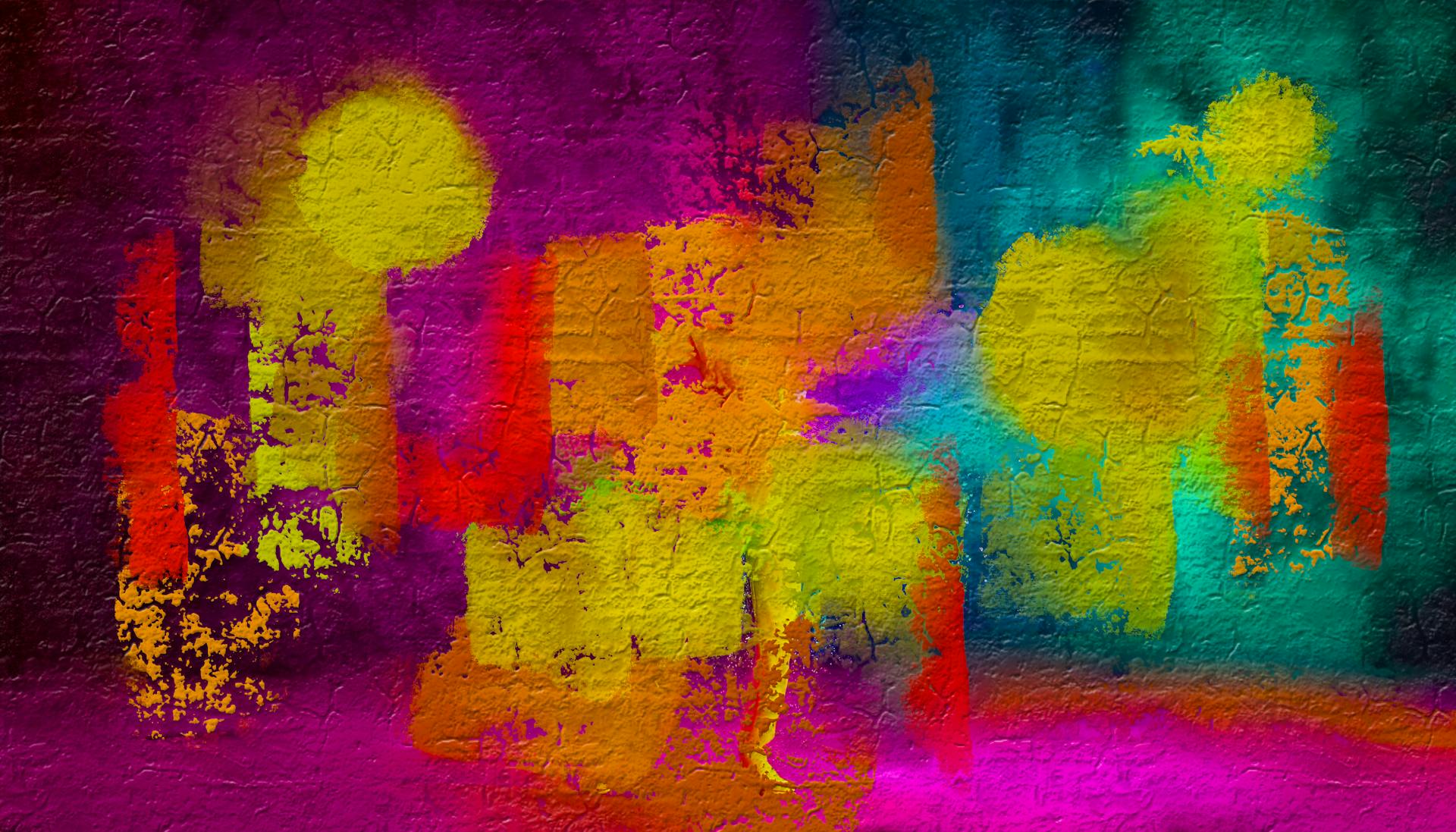 November 19, 2024
November 19, 2024
Red means stop, yellow means ready, green means go; red makes you want to eat, yellow makes you feel warm, and green makes you feel healthy. You’re familiar with color psychology, and how they make you feel, right?
Well, colors are more important to you than you might think.
In the hands of brands, colors are an effective tool that bends and shapes how we buy stuff from them. Color psychology influences the emotions and ideas that branding techniques evoke in customers.
But here’s the thing: while much is said about the effects of colors on customers, we’re not sure what they do to brands.
That’s because, contrary to what brand-customer relationships might have you believe, brands consider their customers as part of their stakeholders, not the whole.
And objectives sometimes differ between the two.
Don’t believe it? Try asking Coca-Cola to change its red color. It’s literally their “second secret formula” and is unlikely to change, even if 10 million customers sign a petition against it.
Safe to say, brands mostly pick the color for themselves first, then get the customers to like it afterwards.
If that’s the case, it’s worth the effort to try to understand color psychology and its effect on brands themselves.
This piece explores the psychology of color and branding from a brand-centric angle, answering the key question, “what does colors make the brand feel?”.
What is Color Psychology?
Color psychology is all about understanding how colors affect the way we see and feel about the world. Different colors can spark specific emotions, which play a huge role in how we act as consumers.
It’s no wonder brands carefully pick colors to connect with us on a deeper level. The right color choice doesn’t just make a brand look good – it can also make it unforgettable, boosting recognition by up to 80%.
We can all agree that this is a smart way to create experiences that stick with people and build lasting impressions.
But a brand’s customers are only a part of their identity, not the whole.
This means the color psychology goes much deeper than just pleasing the customers.
Which begs the question…
Why Do Brands Pick the Colors They Do?
Putting aside the customer-centric narrative for a bit, we’d quickly realize that brands shape their identity first, before getting other stakeholders to buy-in.
It’s why there’s so much more that goes into brand voice, purpose and style guide than just a simple customer survey.
Concerning colors, brands are often specific about their choices. Below are some of the motivations behind them:
Brands Want to be Seen as Reliable
Brands might not admit it openly, but all they’ve ever wanted is to be seen as reliable by everyone. Not just the customers here.
They want to be the brand talents quit their old jobs for. They want to be the brand that investors reshuffle their VC portfolios for. They want to be the brand the government hinges a long-term sustainability plan on.
Brands want to feel reliable everywhere they exist. This is precisely why companies like Linkedin and IBM use different shades of blue in their logos to signify professionalism and reliability. There are other cases where perceived reliability is non-negotiable, and the brands involved must look the part.
That’s why PayPal uses the color blue. We doubt anyone would take an online payment platform seriously if their colors signify anything other than reliability.

Brands Want to Act Like Their Target Markets
Another reason Brands pick the colors they do is because they want to fully represent the market in which they operate.
Coca-Cola, McDonalds and Starbucks all belong to the impulse-driven market. This market is driven by the sense of immediacy and quick purchase actions. As such, the color psychology of brands in this market has to lean into generating emotional engagement.
And it does, for the aforementioned brands.
They use warm colors like red, orange, and yellow which are proven to be linked to emotions such as excitement, energy, and urgency. These colors and their combinations are bound to stimulate the appetite.
We’re sure Big Macs won’t be flying out of drive-throughs as quickly as they do if they came in gray packs.
On the other hand, for highly-personalized, risk-averse markets (e.g. B2B SaaS), things are the opposite. There’s a more drawn-out attitude to purchase and a virtual lack of immediacy. Bright, warm colors won’t work as effectively – might even leave a negative mark on the brand.
That’s why brands in these markets favor cooler, pastel colors, like this brand’s logo.
Cultural Bias to Colors
Believe it or not, Colors aren’t just visual cues – they’re also cultural symbols that carry varied meanings across the world. These differences can shape branding strategies in interesting ways, especially for multinational brands navigating diverse markets at once.
Here’s an instance for you: in Western cultures, white is often associated with purity and weddings, making it a popular choice for bridal brands. However, in China, white signifies mourning and death, which immediately alienate consumers if used incorrectly.
This duality highlights how understanding cultural symbolism is essential for global branding.
In some cases, this cultural bias can prove beneficial to the brand. For example, Coca-Cola uses its iconic red branding globally, capitalizing on the color’s association with excitement and energy in many regions. However, its success in China also benefits from red’s cultural significance as a lucky color, reinforcing even more positive emotional connections in the area.
In other cases, brands may have to make compromises. In the United States, McDonalds uses vibrant red and yellow to stimulate appetite and create a cheerful environment. However, in parts of Asia, McDonald’s adapted its restaurant designs with more neutral tones and muted accents to reflect local preferences for a relaxed dining experience. Pepsi had to dial up the blue tones in its logo to deepen its association with cricket in South Asia, leveraging the sport’s cultural significance.
Yet, brands won’t always land on the good side of these scenarios. For instance, bold or unconventional color choices can backfire if they clash with cultural values.
Airbnb won’t forget the backlash they got for their Belo logo in a hurry. Some conservative markets didn’t think the colors were professional at first.

Here’s Where Your Brand Come in
After considering this perspective of the psychology of colors and branding, it’s pertinent that we close things out by exploring the ways it applies to your brand directly.
Below are some of the recommendations for brands looking to leverage color psychology effectively:
Align Colors with Brand Values and Industry Norms
Make sure to select colors that reinforce your brand’s core values. For example, blue is ideal for financial or tech companies seeking to convey trust and reliability (e.g., PayPal and Facebook), while green works for brands emphasizing sustainability or health, like Starbucks and Whole Foods.
Avoid choosing colors purely for aesthetic appeal without first considering their emotional and psychological impact on the target audience.
Consider Cultural Sensitivities in Global Branding
If your brand plans to expand into new markets in the future, it’s best to research cultural associations with colors before launching products or campaigns there. Be prepared to modify color palettes when necessary to ensure relevance in specific markets.
Balance Innovation with Recognition
Experiment with unconventional color palettes to stand out in competitive markets, particularly for startups or new ventures. For instance, newer tech startups often use bold and unique hues to signify innovation.
However, try to maintain brand consistency across markets while incorporating culturally relevant adjustments. This ensures global recognizability and local relatability.
Leverage Emotional Triggers
Always remember that warm colors (red, orange, yellow) are for industries requiring excitement or urgency, such as retail, food, or entertainment. Cooler colors (blue, green) are for creating a calming, trustworthy, or refreshing brand identity, suitable for healthcare, finance, and wellness industries.
Test and Iterate
Conduct focus groups or A/B testing to understand how your target audience reacts to different color schemes. This can help you fine-tune your choices for maximum emotional impact and engagement.
You can also test branding colors in digital and physical contexts to ensure consistent appeal across platforms.
Bottom Line
Your brand’s look is one of the first things people notice, and color plays a massive role in shaping those first impressions. It’s not just about looking good – color helps define your brand’s personality and makes it stand out from the competition.
But it’s clear that colors influence the brands as much as it does to their customers. Whether you’re working on branding, marketing, or ads, understanding how colors impact emotions is the key to nailing down a palette that works for your business as a whole.